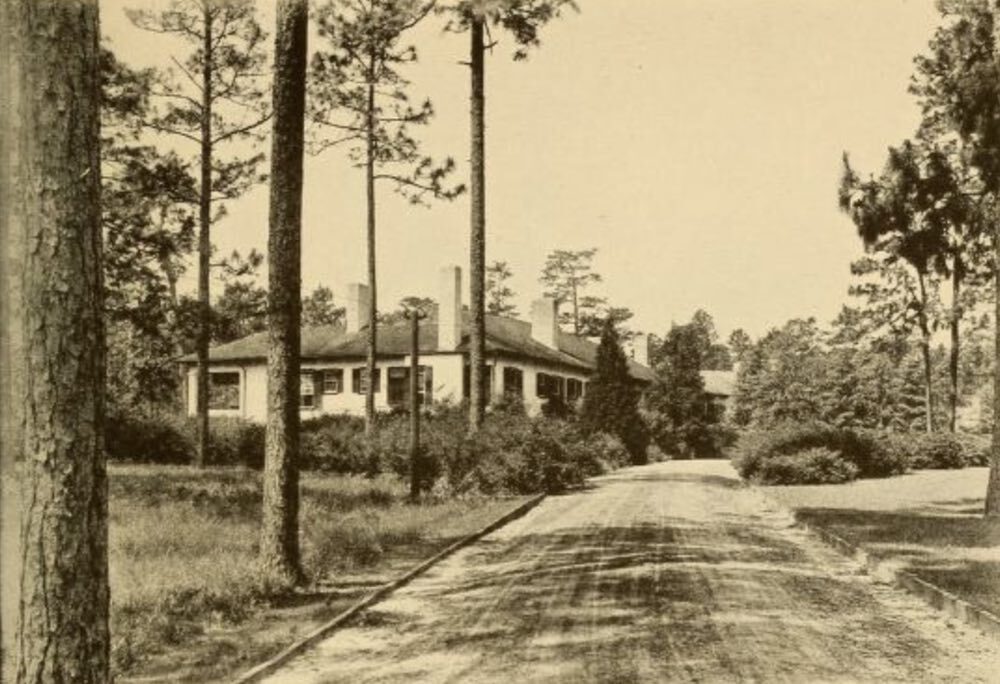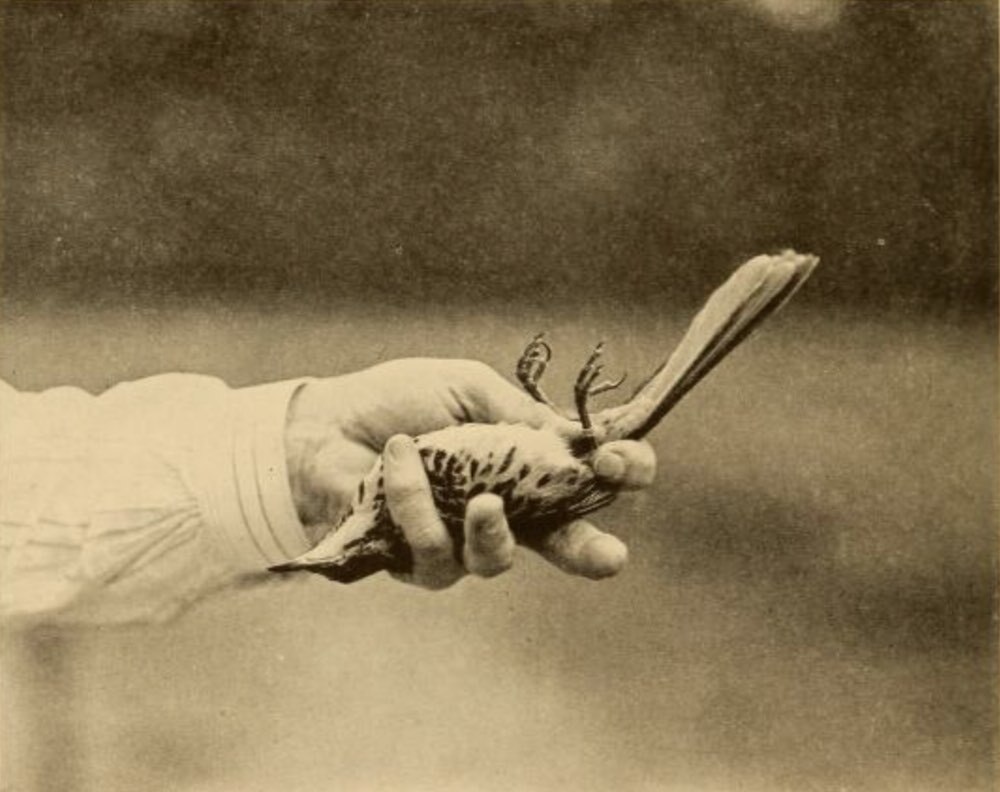Baldwin Bird Research Laboratory
Samuel Prentiss Baldwin, the "Birdman" of Cleveland

Why have more people not heard of Samuel Prentiss Baldwin, the “Birdman” of Cleveland? Baldwin was born in 1868 and, as a young man, initially pursued a legal career. About midway through his life, however, he opted for a switch to ornithology. This by no means sprang out of nowhere; for much of his life, Baldwin had cultivated this interest during his spare time, inspired by the wonderful opportunities for studying birds in their natural woodland habitat on the eastern edges of Cleveland. It was around 1906, however, that he started down the path of ornithology on a professional level and truly devoted himself to this rather niche discipline. From here it was just a short step to establishing what would become his main haunt, the Baldwin Bird Research Laboratory on his Gates Mills property in 1914, taking advantage of its prime bird habitat.
In 1899, Samuel Prentiss Baldwin and his wife Lillian Hanna Baldwin, newlyweds, acquired a 450-acre forested farm called Hillcrest in the village of Gates Mills. It was at Hillcrest, as well as in the winter resort colony of Thomasville, Georgia, that the lawyer-turned-ornithologist began conducting his pioneering studies on wild birds. His achievements through his lab were considerable. Baldwin pioneered new methods for the study of bird migratory habits and physiology that became noted by the greater international ornithological community. Foremost among these achievements was his innovation of tracking bird migration through marked bird-banding.
Baldwin trapped and tagged birds before their migration, usually in their juvenile phase for the sake of their own well-being and for most efficient study, and tracking departures and re-arrivals and their timing so as to be able to understand breeding patterns. This enabled a new discovery: that the birds primarily studied, House Wrens, did not mate for life as previously hypothesized. Baldwin’s discovery was recognized by the Biological Survey of 1920. In addition to his pioneering research on bird migration and breeding patterns, Baldwin also made discoveries related to the regulation of their body temperature and further solidified that birds were, beyond a doubt, warm-blooded, just as their dinosaur ancestors were believed to have been. He used special lab tools to measure these temperatures not only from early adolescence in the bird life cycle, but from the embryo itself. To top that off, he published a book on that same topic, titled "Physiology of the Temperature of Birds."
By the 1920s, his Baldwin Bird Research Laboratory on the Gates Mills property was a focal point in the rapidly developing field of ornithology. The vast majority of articles about Baldwin and his work are found in publications from the late 1920s through the 1930s, when he made his most substantial impacts in the field. His bird-banding innovation was sufficiently well-known for him to earn an honorary degree in Sciences from Dartmouth College in New Hampshire. He also was one of five American delegates to the Canadian National Museum exhibition in 1926. Finally, he was instrumental in collaborative work with Western Reserve University in the study of and experimentation on bird embryos. In his time, Baldwin was a figure of no small importance in the world of ornithology – and even science in general – and deserves more modern-day recognition.
Following Baldwin’s death in 1938, his wife Lilian deeded the S. Prentiss Baldwin Bird Sanctuary in his memory to the village of Gates Mills. Later, in the 1960s, an ordinance designated all of Gates Mills a bird sanctuary, and although a Cardinal appears on the village's "Bird Sanctuary" signs that mark the village limits, Samuel Prentiss Baldwin might wish it were a Wren.
Images









